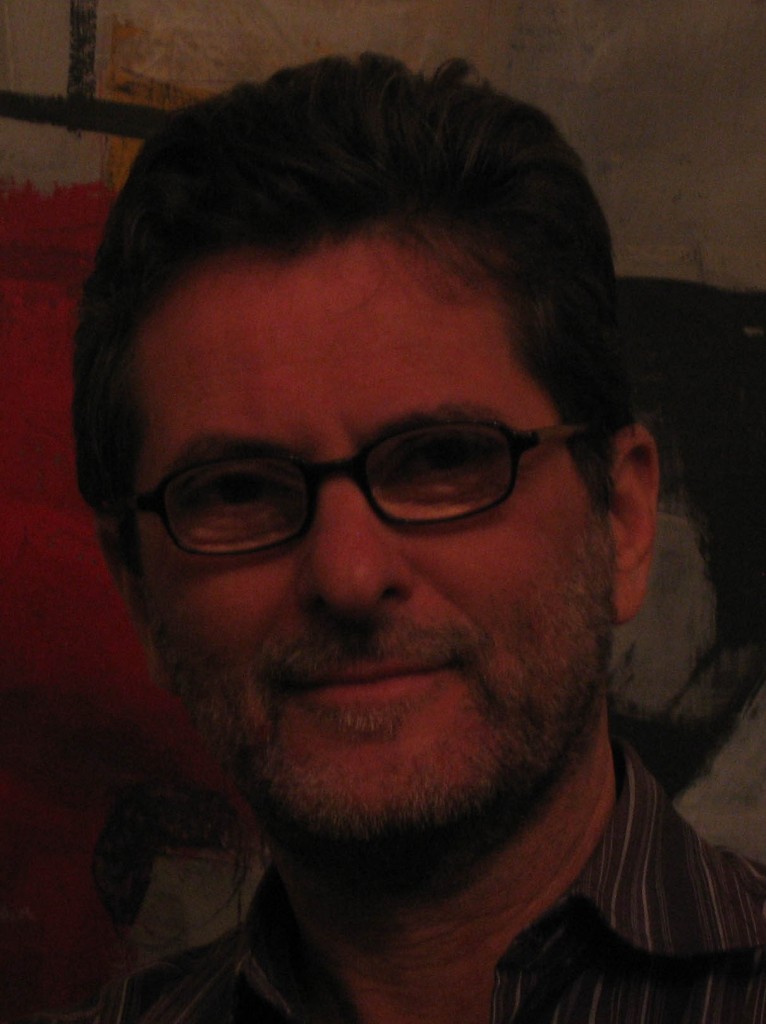1980: Structural Engineering Degree (laurea magna cum laude) at the University of Pisa.
1980-1982: Research and teaching contracts at the Istituto di Scienza delle Costruzioni of the University of Pisa. Structural design activities carried out at the Design Bureau of Gambogi Costruzioni Enterprise comprised the structural design of highway bridges in Irak and the logistic and erection management of r.c. prefabbricated post offices in Italy .
1982: Winner of a Structural Engineering Assistant Professor position at the University of Pisa. Winner of a PhD position at the Scuola Superiore di Studi Universitari e Perfezionamento di S. Anna in Pisa.
1982–1984: Research and teaching contracts at the Istituto di Scienza delle Costruzioni of the University of Pisa. Structural design activities as collaborator of Prof. R.Bartelletti, L.Sanpaolesi, N.Salinari comprised structural reinforcement of Guinigi Tower in Lucca, and of the Leaning Tower of Pisa; design of prestressed r.c. beams; seismic structural design of civil buildings in Neaples and Pisa; structural design of S.Croce church in Grosseto; design of composite steel-concrete and r.c bridges and structural rehabilitation of masonry and r.c. bridges in Tuscany.
1984: Employment as Assistant Professor at the University of Pisa.
1989: invited member for the redaction works of Part 2.5 – Thermal Actions, Eurocode 1:Actions on Structures and Basis of Design.
1990: invited by C.E.N. as expert member of the Project Team for Part 2.5. – Thermal Actions, Eurocodice 1. Nominated by the italian standardization bureau (UNI) member of subcommission SC1 “Actions”.
1993: discovery of the formula of Warping Thermal Gradient for thin walled, open sectioned steel beams.
1998: winner of a Structural Engineering Associate Professor position at the University of Pisa.
1999: M.F observes for the first time, by means of experimental strain gauges analysis, the Reynolds Plastic Slow Wave in the domain of great deformations and develops a mathematical model that describes the phenomenon of discontinuous plastic deformations in r.c. steel bars.
2004: M.F initiates the italian theoretical, experimetal and design researches in the field of structural glass. He wins two PRIN concourses for ministerial financial support of research programmes within this theme, the first of which as national responsible. In the same year he develops a analytical model for the description and prevision of thermal tempering eigenstresses in glass panes.
2006: M.F invents and patents for the University of Pisa the Travi Vitree Tensegrity. He builds and tests with success the first two prototypes (TVT Alfa and TVT Beta).
2009: M.F is nominated Scientific Responsible of the Structural Experimental Laboratory of the Department of Civil Engineering, University of Pisa. In the same year he wins, with the invention of Travi Vitree Tensegrity, the first position in the Research Section of Vespucci Prize and wins, with the three years research programme SISMIVETRA, a stipendium for young researchers financed by the Regione Toscana.
2011: The International Society for Shell and Spatial Structures attributes the Hangai Prize to the theoretical method for the assessment of mechanical safety level in glass structures called Design Crack Method developed under his guide by his follower Manuel Santarsiero.
2012: M.F builds and tests with success the third prototype (TVT Gamma) of Travi Vitree Tensegrity which, with its 12 metri free span, belongs to the group of the most wide spanned glass beams in the world.
2013: M.F invents and patents for the University of Pisa the Solidi Vitrei Tensegrity (SVT) constructional system which is a spatial extention of the constructional concept of TVT beams. In the same year he is scientific consultant in the design team winner of a POR concourse of the Regione Toscana with a project for a completely glazed Energy Gallery (Galleria Energetica) where TVT beams are thought as components parts of structural frames. He constitutes the interdisciplinary research group GRIFF for the engineering of complex architectural surfaces.
2014: founds the company TVT ltd. In the same year TVTLtd obtains the mark of university of Pisa Spin-off and reaches the third place in the Start-Cup, a competition within the innovative Start-up companies of Tuscan Universities. TVT Ltd taks part of the International Faire Glasstec at Duesseldorf exhibiting prototype TVT Gamma transported entire and without any damage on road over 2800 km.
Consultant activities of M.F. include a scientific advice about the thermal behaviour of Casilina viaduct near Rome (Ferrocemento Enterprise), a scientific advice about the thermal behaviour of Ancipa gravity Dam in Sicily (Superior Council of the Italian Ministry for Public Works), structural conceptual design of the electric power plant prototype “Diamante” (Consorzio Pisa Ricerche).
Author of more than one hundred-twenty scientific and technical papers on italian and international magazines and congresses, the research fields of Maurizio Froli comprise: Elastic Reinforcement Problems, Fatigue Behaviour of Orthotropic Steel Bridges, Thermal Response of Structures; Stability Problems of Arches and Masonry Vaults; Modelling of Elasto-Plasto-Viscous Phenomena; Invention, Calculation and Testing of Glass Structures.
Maurizio Froli is at present scientific revisor of the following international magazines:
Structural Engineering International (since 1996),
International Journal of Solids and Structures (since 2003),
Journal of Mechanics of Materials and Structures(since 2006),
International Journal of Mechanical Sciences (since 2006),
Advances in Structural Engineering (since 2010),
Journal of Bridge Engineering (since 2013).


